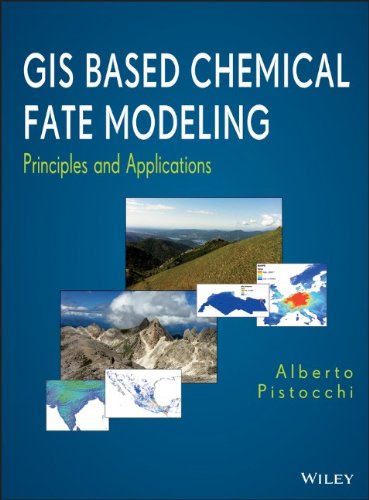

Most ebook files are in PDF format, so you can easily read them using various software such as Foxit Reader or directly on the Google Chrome browser.
Some ebook files are released by publishers in other formats such as .awz, .mobi, .epub, .fb2, etc. You may need to install specific software to read these formats on mobile/PC, such as Calibre.
Please read the tutorial at this link. https://ebooknice.com/page/post?id=faq
We offer FREE conversion to the popular formats you request; however, this may take some time. Therefore, right after payment, please email us, and we will try to provide the service as quickly as possible.
For some exceptional file formats or broken links (if any), please refrain from opening any disputes. Instead, email us first, and we will try to assist within a maximum of 6 hours.
EbookNice Team

Status:
Available0.0
0 reviewsExplains how GIS enhances the development of chemical fate and transport models
Over the past decade, researchers have discovered that geographic information systems (GIS) are not only excellent tools for managing and displaying maps, but also useful in the analysis of chemical fate and transport in the environment. Among its many benefits, GIS facilitates the identification of critical factors that drive chemical fate and transport. Moreover, GIS makes it easier to communicate and explain key model assumptions.
Based on the author's firsthand experience in environmental assessment, GIS Based Chemical Fate Modeling explores both GIS and chemical fate and transport modeling fundamentals, creating an interface between the two domains. It then explains how GIS analytical functions enable scientists to develop simple, yet comprehensive spatially explicit chemical fate and transport models that support real-world applications. In addition, the book features:
GIS Based Chemical Fate Modeling makes a unique contribution to the environmental sciences by explaining how GIS analytical functions enhance the development and interpretation of chemical fate and transport models. Environmental scientists should turn to this book to gain a deeper understanding of the role of GIS in describing what happens to chemicals when they are released into the environment.